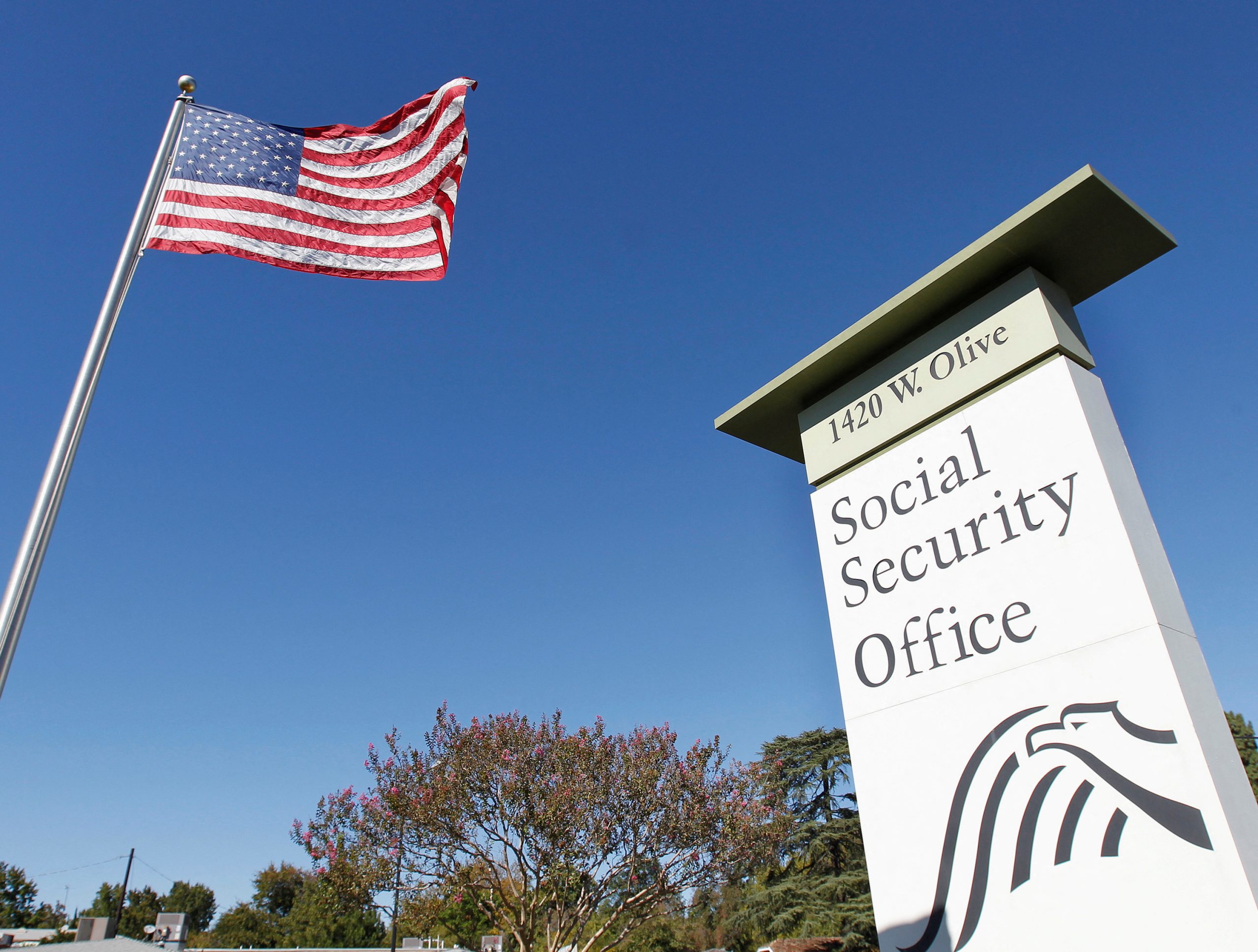Social Security beneficiaries can breathe a sigh of relief, at least until 2035, as the latest report from trustees of the program suggests. The funds are projected to last a year longer than previously expected, ensuring full benefits until then. However, the looming threat of benefit cuts still persists unless Congress intervenes.

The Trustees’ Report on Social Security and Medicare offers a glimmer of hope amid financial uncertainty. Factors such as low unemployment rates, rising wages, and reduced expenses have contributed to the extension of the programs’ lifelines. Medicare’s trust fund for hospital expenses is now projected to run out in 2036, while Social Security’s combined retirement and disability funds will remain solvent until 2035.
Social Security Commissioner Martin O’Malley emphasized the importance of congressional action despite the extended timeline. With over 71 million Americans relying on Social Security benefits, the stakes are undeniably high. AARP CEO Jo Ann Jenkins echoed this sentiment, urging lawmakers not to overlook the impending crisis.
In the absence of intervention, projections indicate that Social Security will only be able to pay out 83% of benefits by 2035, while Medicare will manage 89%. President Joe Biden has vowed to prevent benefit cuts, suggesting potential solutions such as uncapping taxes on high-earners. However, some Republicans have proposed alternative measures, including benefit cuts or raising the retirement age.
As the debate over the future of Social Security and Medicare continues, one thing remains clear: decisive action is necessary to safeguard the well-being of millions of Americans. The current projections offer a temporary reprieve, but the long-term sustainability of these vital programs hinges on bipartisan cooperation and legislative action.